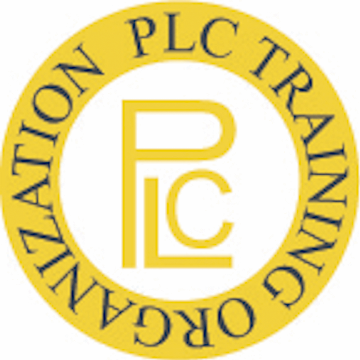PLC Training Foundation
PLC Training Basics: Enhance Skills & Best Practices in 2025

This PLC Training Foundation section of the path to being a PLC expert is the most important. This foundation is necessary to deliver the best PLC training. Unfortunately, most PLC training often neglects to include this crucial aspect.
While people providing PLC training cover the PLC basics found in manuals. Most need better coverage of PLC safety, reliability, and best practices.
Basic training is essential. Learners need teaching methods that suit all learners. The three dominant types of learners learn by listening, seeing, and doing. So, hands-on exercises and testing of safe and reliable best practices are essential. Don't only rely on traditional teaching methods such as lectures and written tests.
Learning PLC safety, Reliability, and Best Practices results in a strong foundation. We will only recommend providers who cover all three. This will reduce the risk to man and machine and the company, which most don’t realize they are taking. It will reduce downtime related to working with PLCs.
PLC programmers and management also need the best practices, safety, and reliability training. These three are essential for practical experience and learning safe and reliable techniques. They derive from training providers who specialize in PLC only, those we recommend.
PLC basics
Safety
Reliability
Best practices
Commissioning
Managing PLCs in your facility
⇓⇓
PLC Training Resources:
PLC Training Articles:
- New: PLC Training Podcast
- Why upgrade to a PLC?
- https://www.pinterest.com/pin/3588874674311104/
- https://www.pinterest.com/pin/3588874673853241/
- https://www.pinterest.com/pin/3588874674377768/
- Maintenance Management of your company's PLC
- https://www.youtube.com/playlist?list=PL1BE7D86FD78CB9B4
- https://www.pinterest.com/pin/3588874674377763/

